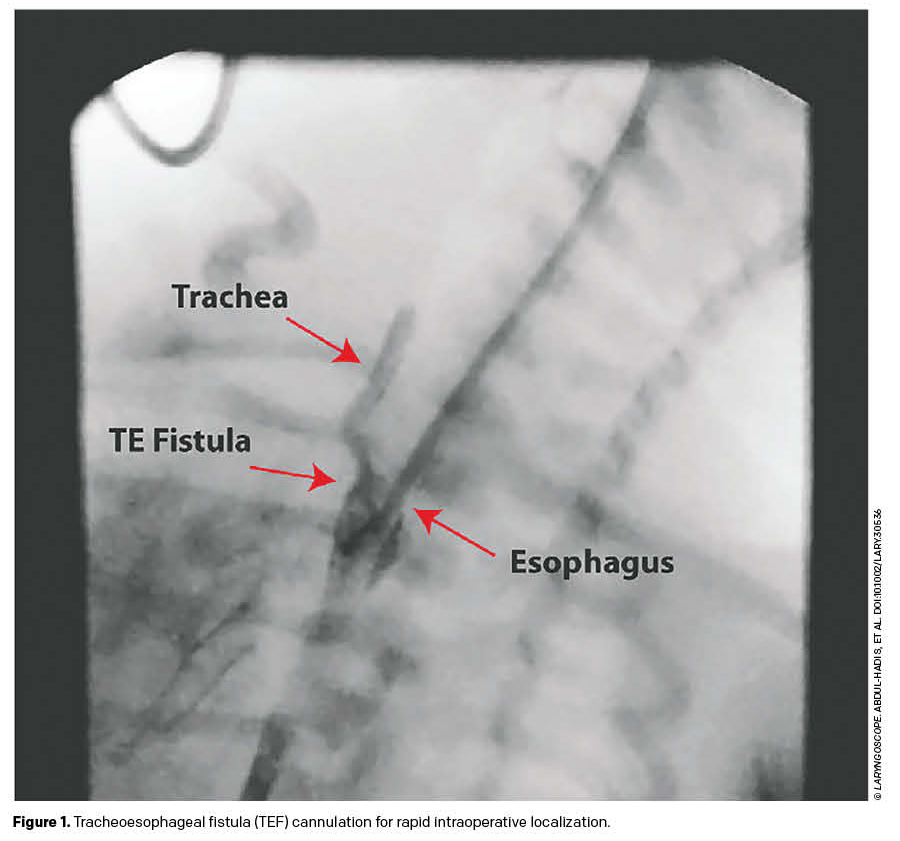There are significant variations in preferences regarding vocal fold injection materials, although hyaluronic acid-based products are the most frequently used by providers.

The Lingering Effects of COVID-19

How To: H-Type Tracheoesophageal Fistula Cannulation for Rapid Intraoperative Localization
This step-by-step article on the surgical procedure for rapid intraoperative localization will help assist with reproducibility of the technique.
Age-Related Decline in Arytenoid Sensory Innervation May Be Contributing Factor to Presbyphagia
Study findings document an age-related decline in arytenoid innervation and in myelinated, putative mechanosensory innervation density, which may be a contributing factor to presbyphagia.
Postoperative Hypoproteinemia Highest Predictive Risk Factor for Pharyngocutaneous Fistula Following Total Laryngectomy
Various factors can influence pharyngocutaneous fistula development after total laryngectomy, with postoperative hypoproteinemia being the highest predictive risk factor.

Otolaryngologists Are Still Debating the Effectiveness of Tongue Tie Treatment

Balloon Dilation Is Among the New Frontier of Eustachian Tube Care
Remotely Reported Peak Flow Meter Measurements Demonstrate Disease Progression, Predict Need for Surgery in Patients with Subglottal Stenosis
Peak flow meter measurements can adequately demonstrate disease progression and predict the need for surgery in patients with SGS disease and, together with dyspnea Index (DI) scores, may be a useful tool for remotely following these patients.
Persistent Tracheocutaneous Fistula Seen in More Than Half of Decannulated Children
A tracheocutaneous fistula (TCF) commonly persists after pediatric tracheostomy decannulation, potentially preventing tract closure and negatively impacting phonation, swallowing, and cough physiology.
Researchers Develop Consensus Statements on Use of Swallowing Fluoroscopy in Adults Best Practices
Researchers arrived at 40 statements for the comprehensive use of swallowing fluoroscopy in adults to guide best practices and influence policy regarding the procedure.
- « Previous Page
- 1
- …
- 4
- 5
- 6
- 7
- 8
- …
- 34
- Next Page »